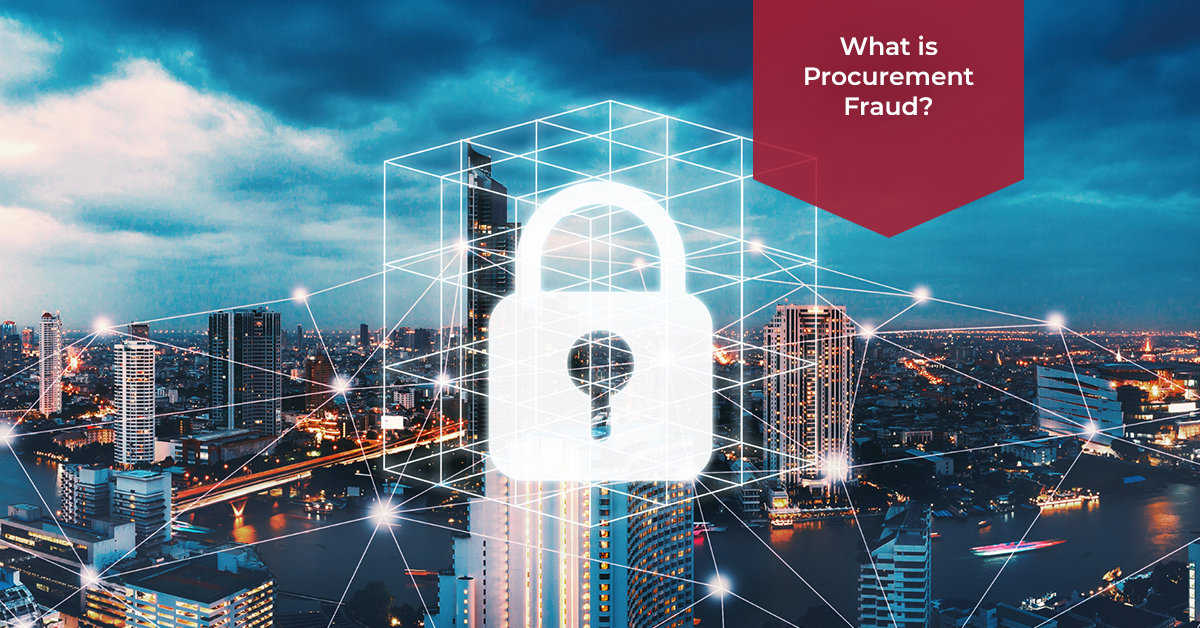
What is Procurement Fraud?
A major problem with great financial and reputation repercussions for companies and government bodies is procurement fraud. It happens when someone control the buying process in order to profit unlawfully either personally or through associates. Knowing procurement fraud and its several manifestations can enable companies to better guard themselves against these expensive programs.
What Is Procurement Fraud?
Procurement fraud is the use of a position by an employee, supplier, third party involved in the procurement process intended to obtain illegal financial benefit. This can call for false billing, supplier collusion, or price inflation. These dishonest actions have as their ultimate goal shifting funds from their intended use into the hands of the con artists.
From the first identification of a need to the last payment for products or services, this kind of fraud can occur at any point of the procurement process. Severe repercussions could include higher expenses, inferior products or services, and reputation damage to the company.
What Are the Examples of Procurement Fraud Schemes?
There are various ways that procurement fraud might show up, each with unique difficulties for spotting and stopping. These are some of the most often used schemes:
- Bid Rigging: Suppliers banding together to dominate the bidding process is known as bid rigging. Under this scheme, the participating suppliers choose ahead of time the contract winner. Usually this is achieved by consenting not to bid at all or by deliberately high bids from the other vendors, therefore ensuring the chosen winner gets the contract at a premium.
- Kickbacks: Kickbacks are situations whereby an employee interacts with a supplier to distort the cost of products or services. The supplier pays the employee a bribe in return, a fraction of the overpriced total. Since this kind of fraud usually consists of under-the-table deals with minimal trace, it might be challenging to find.
- False Invoicing: False invoicing is the submission of invoices by a provider for goods or services either never delivered or for more than agreed upon. An employee might approve these payments depending on poor supervision or because they participate in the scheme. The company thus pays for something it never really gets.
- Product Substitution: Under this arrangement, a provider charges the entire fee while delivering items of less quality than what the contract stated. These substitutions may go unseen without thorough investigation, resulting in financial loss and the usage of inferior goods.
- Conflict of Interest: An employee having an unidentified relationship with a supplier runs a conflict of interest. This relationship could cause favoritism in the choosing process, so assigning contracts to less competent or more costly suppliers and so damaging the company.
Examples of Procurement Fraud
Imagine a situation whereby a government agency is acquiring building services to help one better grasp the mechanics of procurement fraud. To guarantee the contractor wins the contract, an employee may team with a contractor to submit a high quote. The contractor gives the employee a kickback in return, therefore increasing project expenses and squandering public funds.
A corporation buying office supplies is still another illustration. Approaching payments for bills including things never delivered, a buying manager may divide the funds with the seller. Especially in big companies with complicated procurement systems, these dishonest behavior can go undetectable for lengthy periods.
A major problem, procurement fraud can cause major financial losses and harm the name of a company. Understanding the several strategies and cases of procurement fraud can help companies and government departments to protect their procurement systems from start. Essential tactics to stop procurement fraud and safeguard organizational resources are putting strong internal controls in place, doing frequent audits, and encouraging openness in culture.

